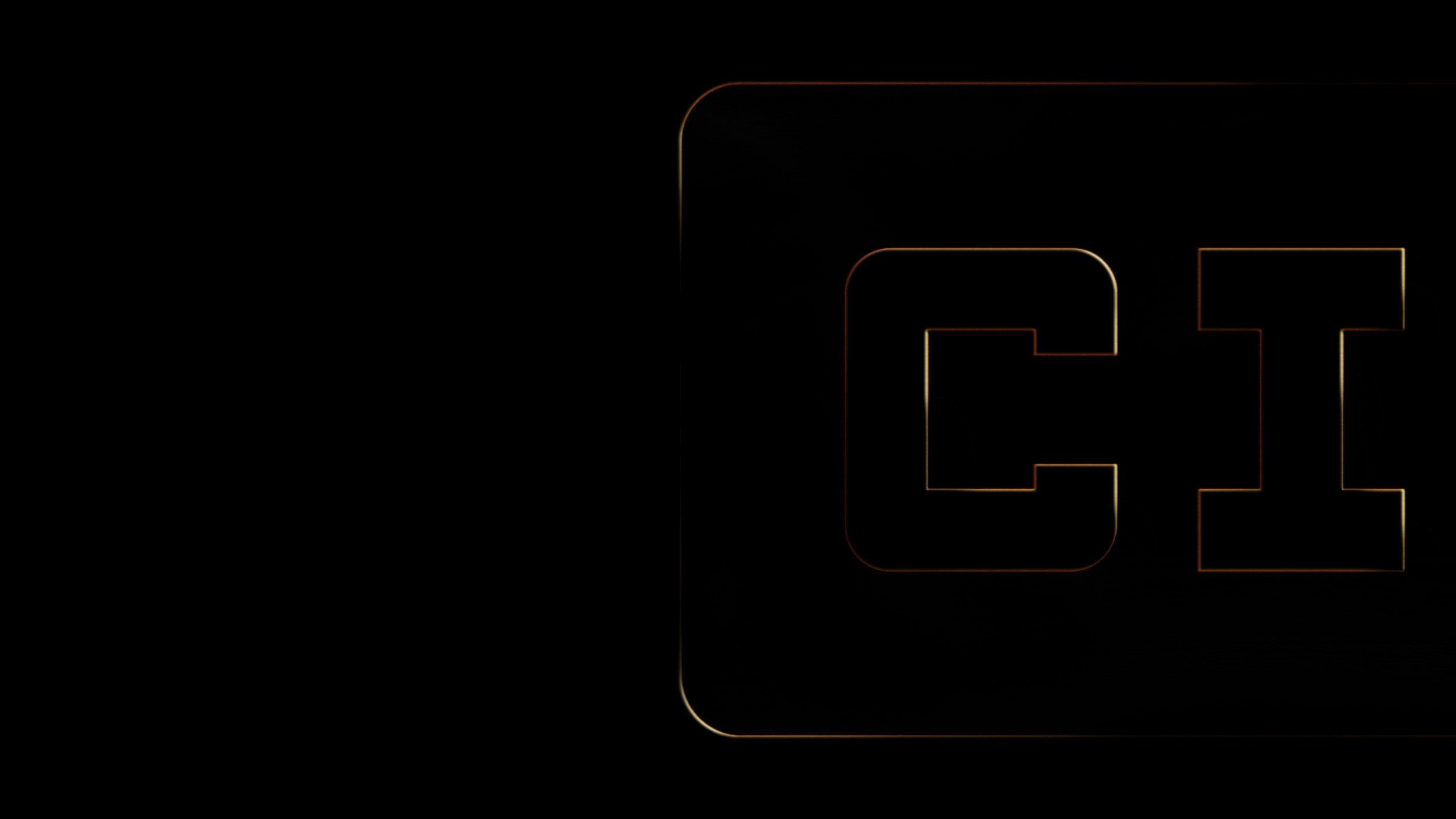
Introducing Caption with Intention©, a revolutionary caption design system that will better convey the magic of cinema for the Deaf and Hard of Hearing community.
Around the world, 466 million people live with hearing disabilities and rely on captions for the verbal and sonic cues that are so much a part of the film viewing experience. Yet, in the 50 years since its introduction, this system hasn’t evolved. Caption with Intention aims to remedy this.
CLOSED CAPTIONS HISTORY
Closed captioning was developed in 1971, providing the Deaf and Hard of Hearing the ability to watch and appreciate television programs for the first time. In 1982, the Academy Awards® made history as the first ever live broadcast with captions, opening up the film industry’s biggest night to a whole new audience. 43 years later, Caption with Intention starts a new chapter in accessibility with a revolutionary new captioning system.
captions, opening up the film industry’s biggest night to a whole new audience. 43 years later, Caption with Intention© starts a new chapter in accessibility with a revolutionary new captioning system.
INTRODUCING CAPTION
WITH INTENTION©
Recognized by the Academy of Motion Picture Arts and Sciences as a RAISE partner, Caption with Intention© is a dynamic captioning system that adds unprecedented emotion, context, and clarity to enhance the viewing experience for the Deaf and Hard of Hearing communities.
The new system fills gaps in understanding from legacy captions in three crucial ways:
With current captions, it’s easy to confuse who is speaking, and the misunderstanding of even a single word’s attribution can hugely impact the understanding and enjoyment of a film.
Caption with Intention©, however, uses different colors for different characters, allowing the audience to quickly understand who is speaking the words on screen. This enables a new level of clarity and enjoyment in scenes that involve multiple people or conversations where the dialogue bounces back and forth quickly between characters.
ATTRIBUTION | Identifying who the active speaker is.

SYNCHRONIZATION | Keeping time with when a word or phrase is spoken.
Traditional captions do not sync precisely to an actor’s spoken words, throwing off the timing of specific points, emotions, and humor. Imagine an entire family laughing at a joke before a deaf individual even has a chance to understand the moment.
To solve this, Caption With Intention© uses dynamic animation, allowing captioned words to change from white to their character-specific color as they’re spoken. This will lead to a better understanding of not only the words spoken, but the intent behind them.

INTONATION | Visualizing how dialogue is delivered.
One of the most-significant shortcomings of today’s captions is the lack of intonation, or emotion. With little exception today’s captions lack even basic information like volume or tone. This undercuts much of the meaning the film’s creators intend to convey - significantly reducing the deaf community’s ability to feel the full-impact of a performance.
To remedy this, Caption With Intention© uses a variable typeface. This allows the words on screen to communicate more than just what words are being spoken: they will also convey the emotions behind those words. For the first time, cues for volume and pitch will give a new understanding to not only what was said, but how it was said.

THE DESIGN SYSTEM
AND THE FUTURE
The design system is the centerpiece of Caption with Intention©, defining the rules and acting as a guide for creating captions that solve for the previously identified shortcomings. Caption with Intention is not an automated captioning program—rather it is a design system that should be applied manually to enhance the viewing experience. In the future, our aim is to develop automation for the system, allowing more and more people to enjoy movies and TV like never before.
We invite the film-production community to download the design system and apply it to their original content. With it, the work, passion, and creativity that is put into their craft can be better enjoyed by millions around the world.
STUDIOS AND CREATORS
The input of the Deaf and Hard of Hearing community has been essential in the development of Caption with Intention©.
Working with the Chicago Hearing Society, an organization that has provided access and support services for the Deaf, DeafBlind,
COMMUNITY-APPROVED
and Hard of Hearing community since 1916, various forms of captions were applied to acclaimed films. Together, we have arrived at the captioning-experience you see here.
AN EVER-CHANGING DESIGN SYSTEM
Caption With Intention© is designed to evolve over time as new usage data and automation technology becomes available. While the system is intuitive and easy to implement, we’re excited to see how production studios, editors, captioners, and creators use it to bring inclusive storytelling to life.
Join us by downloading the design system, so that your storytelling can be better enjoyed by all.

MAKE FILMS MORE ACCESSIBLE TO ALL.
Please provide your information so we can give you the tools to do so.
By Requesting Access, you are opting in to receive emails from Caption With Intention and agree to the Privacy Policy





















